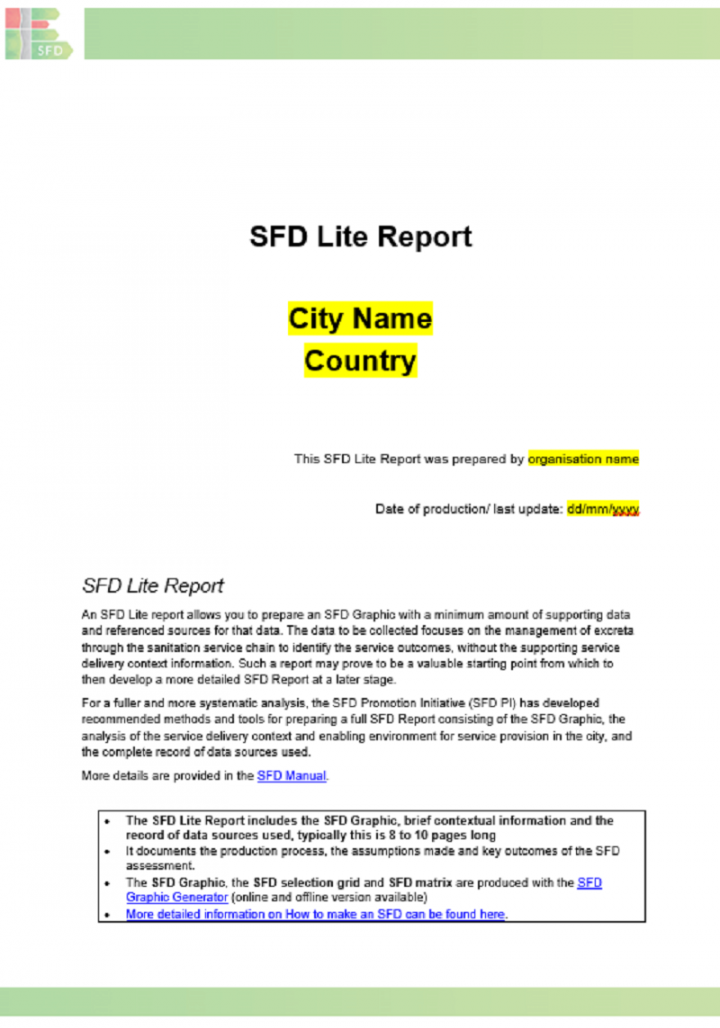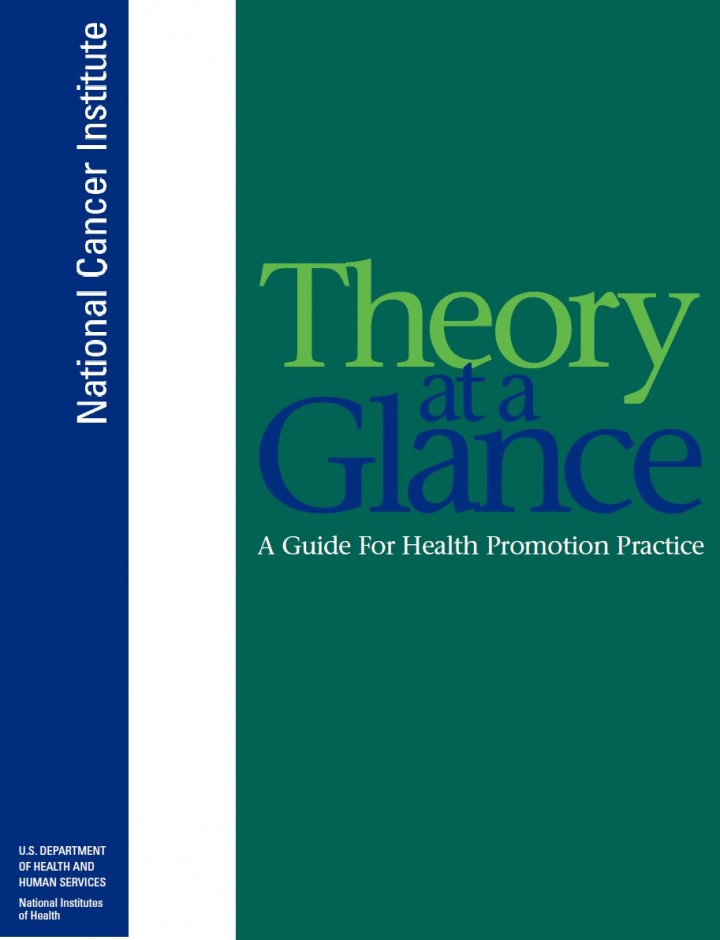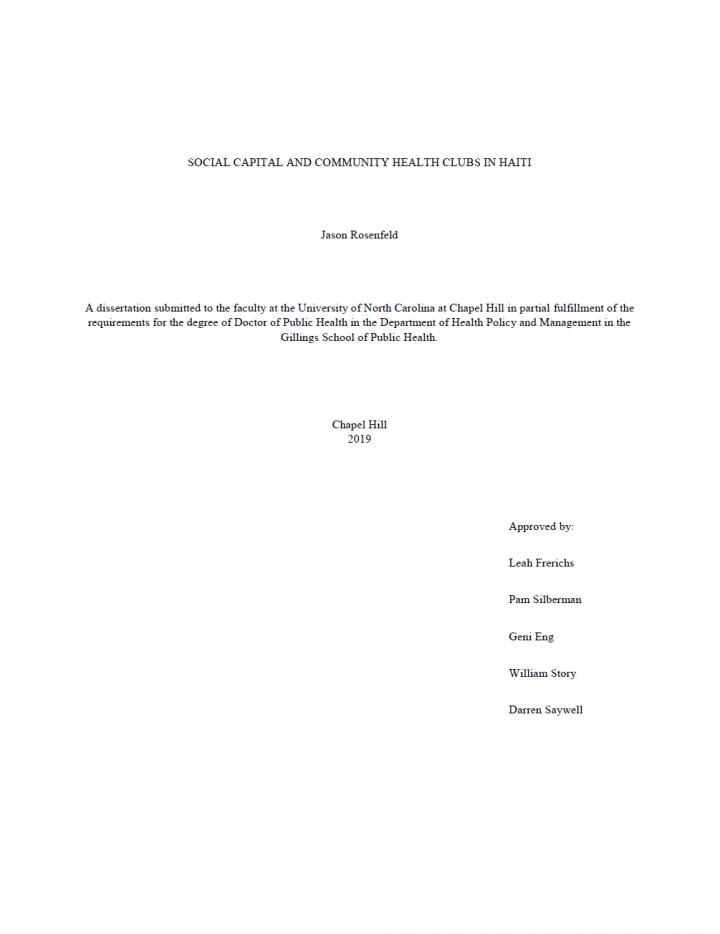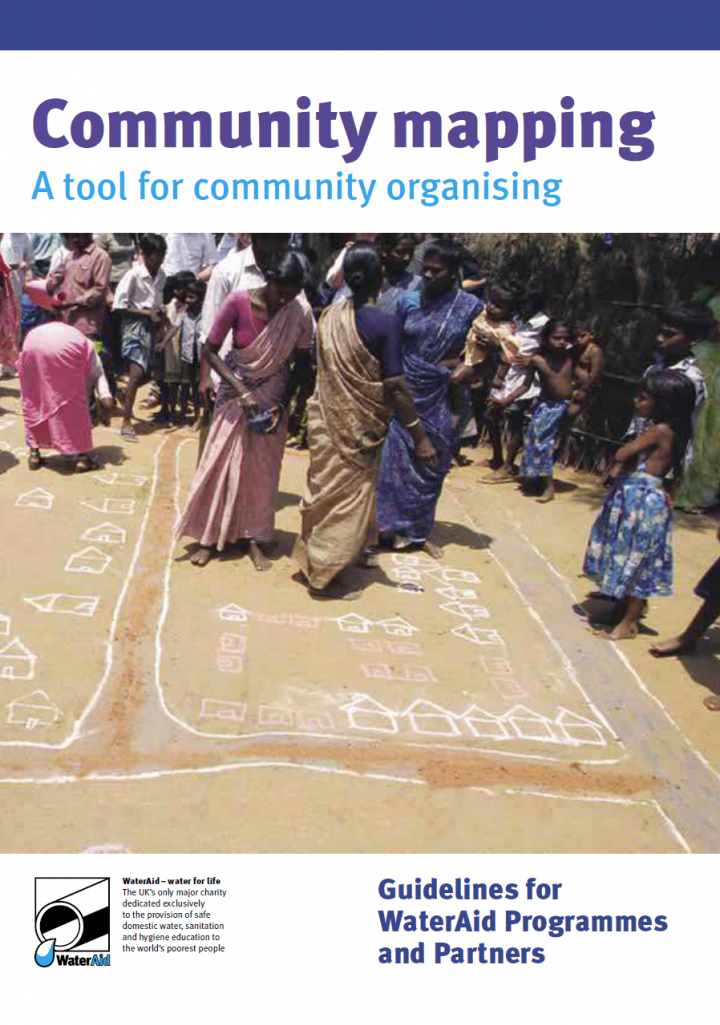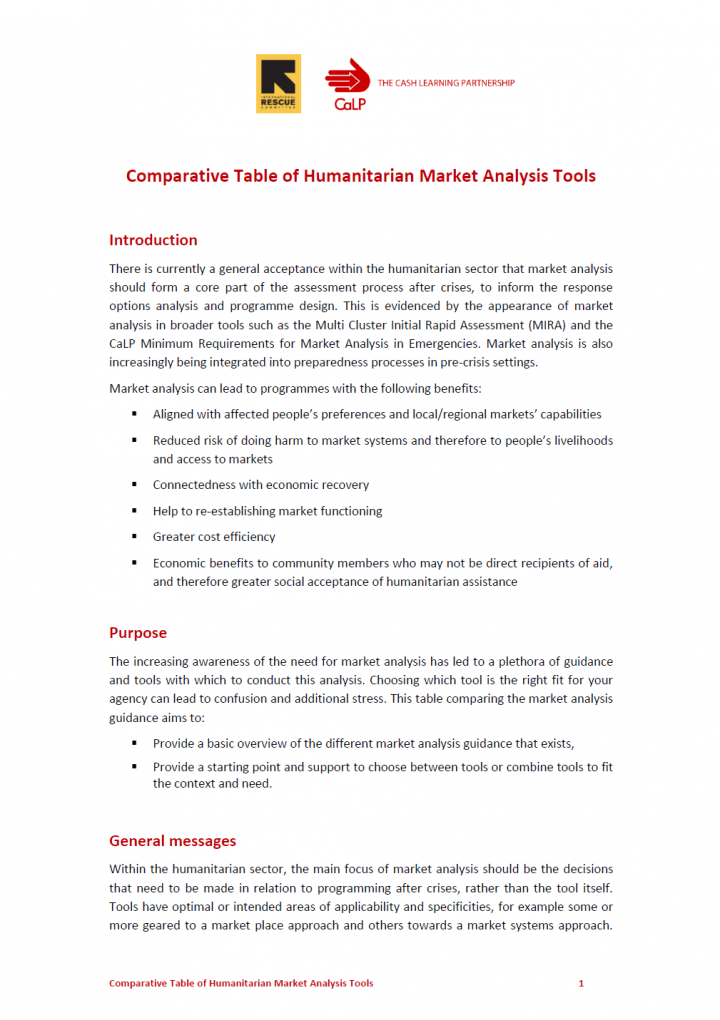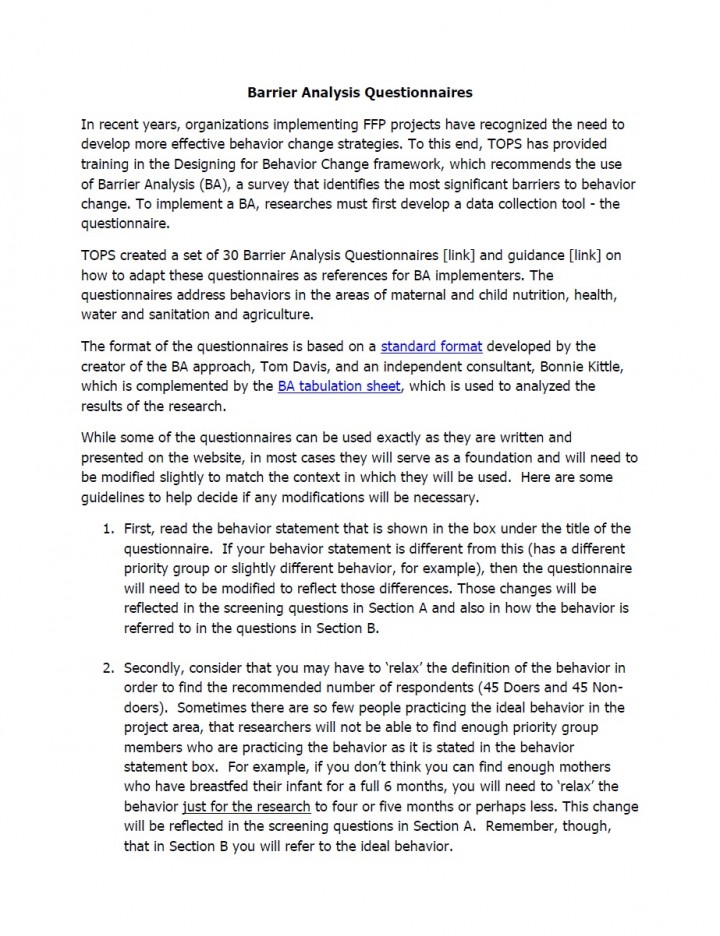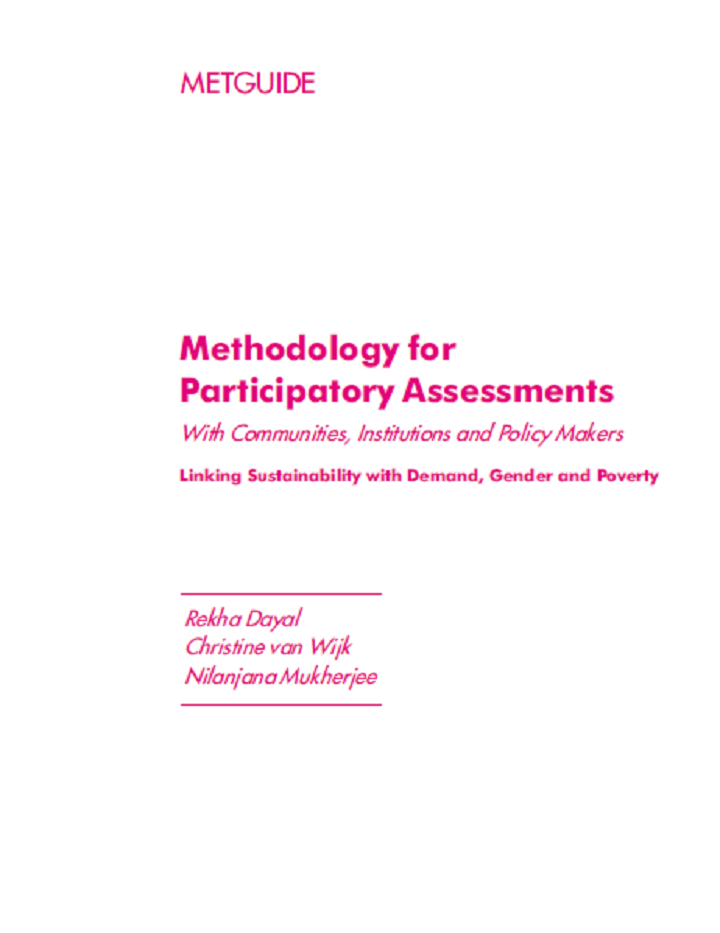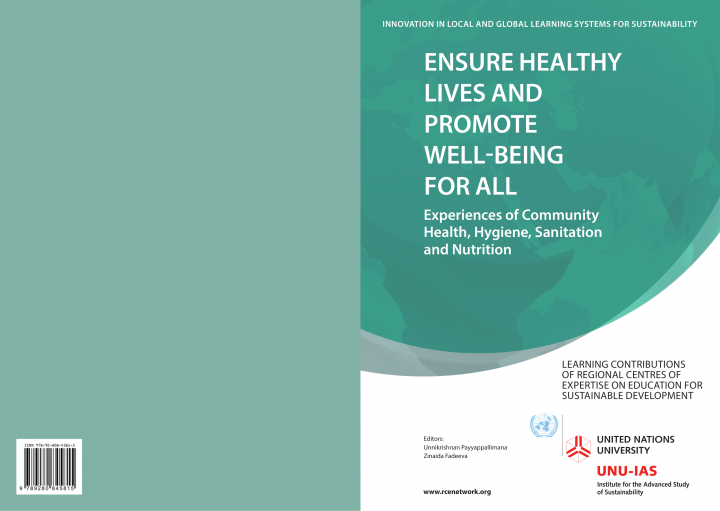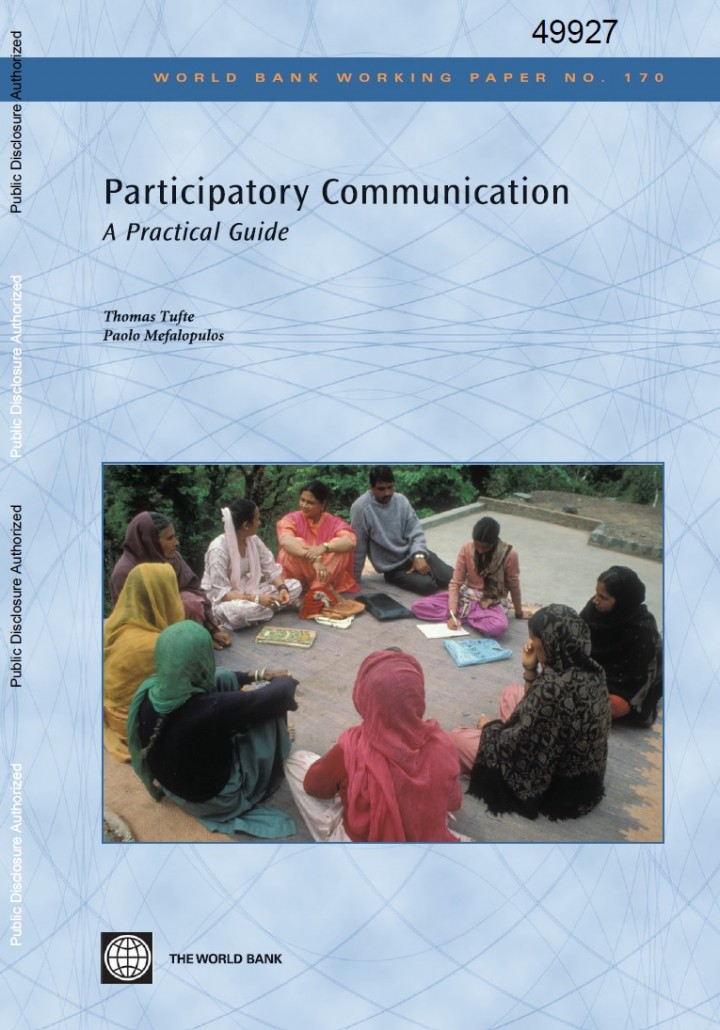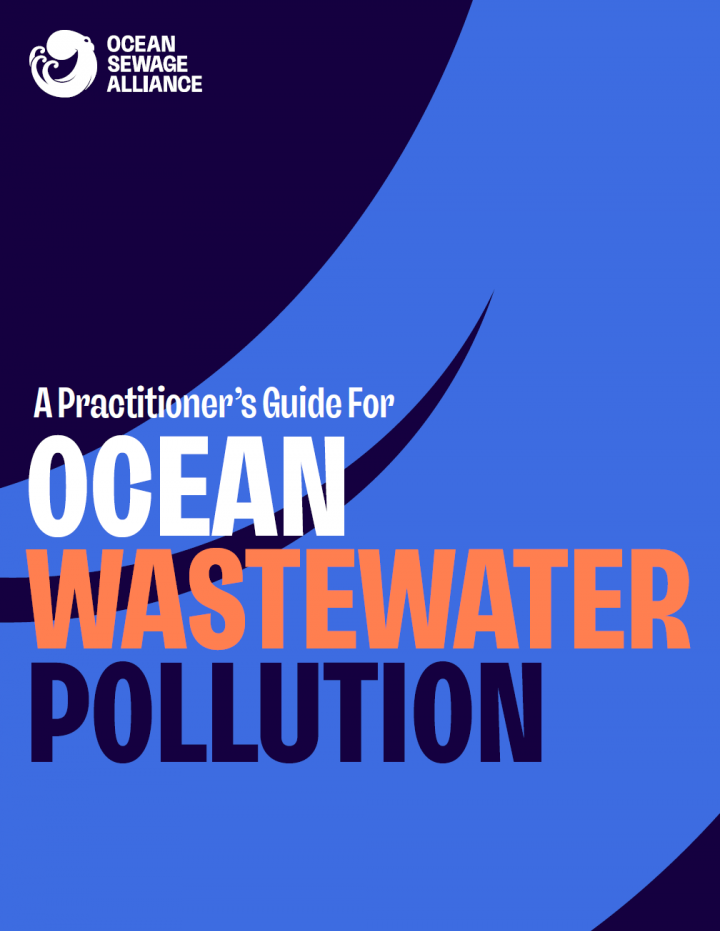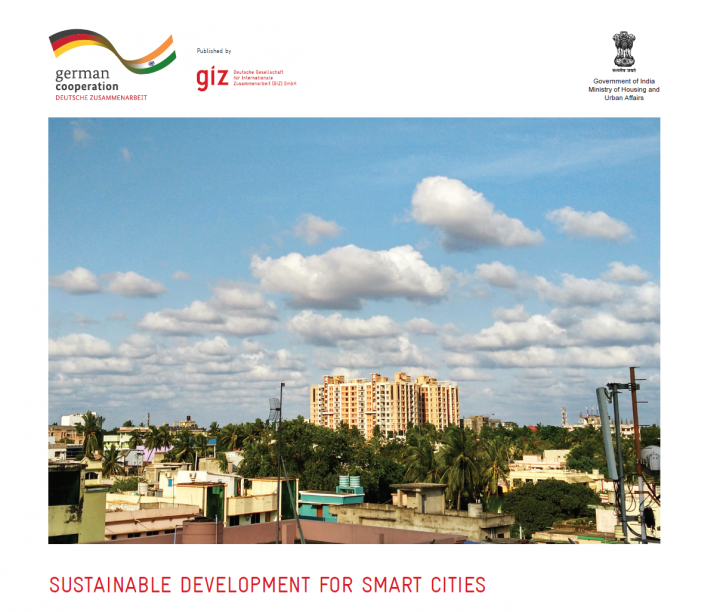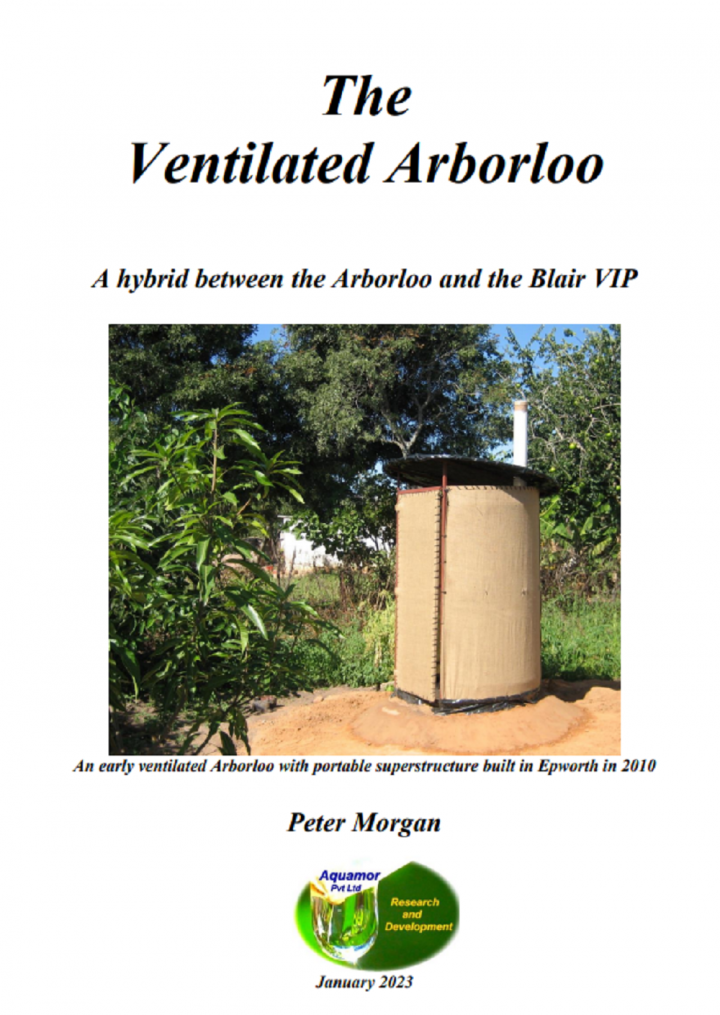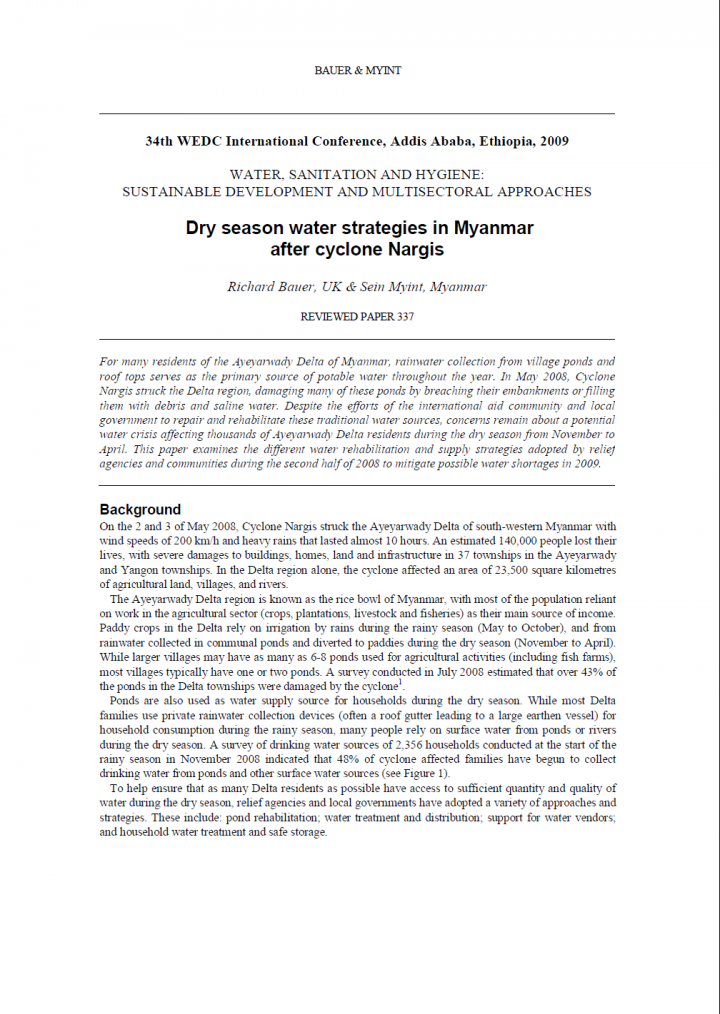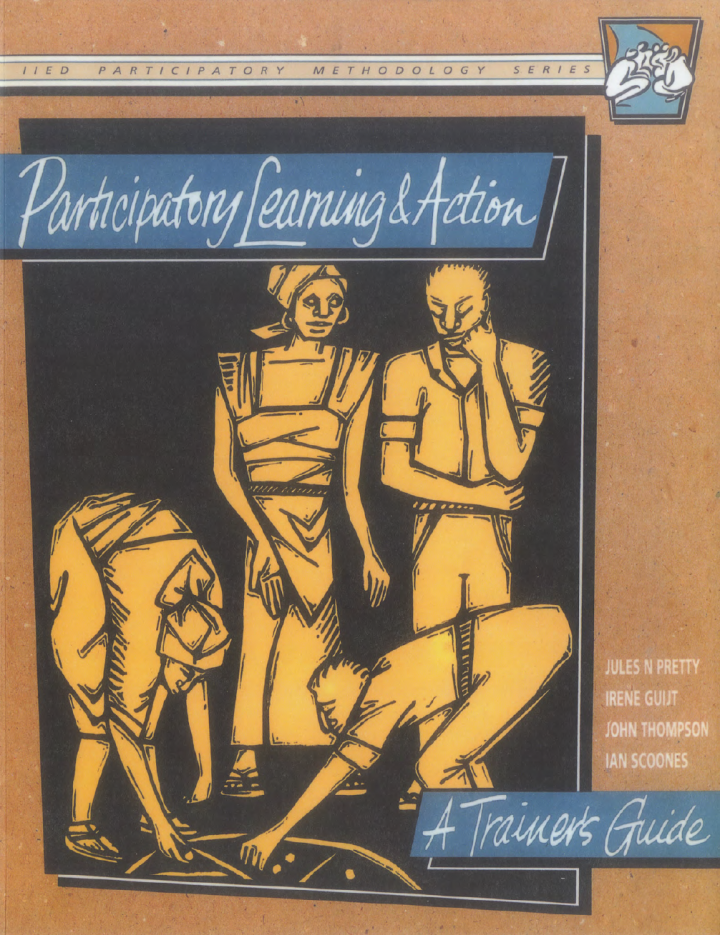Searching for information on Sanitation Workers?
The Sanitation Workers Knowledge + Learning Hub is the best source for all current news, trends, articles and updates on sanitation workers rights around the world.
Reflecting the pace of change, since 2016 CaLP has been reviewing, revising and updating the Glossary on
an annual basis. This process (see flowchart below) is coordinated by the CaLP Secretariat and undertaken
through the CaLP Technical Advisory Group (TAG). The TAG is a group of 25 technical experts in the field
of cash and voucher assistance, drawn from CaLP’s membership. Feedback on …
Theory at a Glance describes influential theories of health related behaviors, the process of shaping behaviors, and the effects of ecological factors on behavior. The guide addresses the ways in which theory and models can be used in the planning, implementation, and evaluation of health promotion programs.
Business and development organisations have a common interest in shaping social, environmental and economic conditions that promote development in developing countries and emerging economies. For this, the German Federal Ministry for Economic Cooperation and Development (BMZ) established the develoPPP.de programme in collaboration with Hoermann KG that supports cooperation between the private …
One challenge facing WASH programs is that water and sanitation infrastructure are generally collective goods, while WASH behaviors involve individual responsibilities nested within collective norms. Social capital is theorized to facilitate collective action and enhance the diffusion of WASH-related behavioral interventions by enhancing social cohesion and collective action. We used a mixed …
This guide is for WaterAid programmes and partners, to help them understand and use community mapping as a participatory development tool.
There is already a considerable amount of experience in participatory techniques within WaterAid. They are being used to great effect in the delivery of basic servicess within both rural and urban projects, using tools such as the sanitation ladder and …
There is currently a general acceptance within the humanitarian sector that market analysis should form a core part of the assessment process after crises, to inform the response options analysis and programme design. This is evidenced by the appearance of market analysis in broader tools such as the Multi Cluster Initial Rapid Assessment (MIRA) and the CaLP Minimum Requirements for Market …
Groundwater supplies provide a significant proportion of rural dwellers in the developing world with access to a safe drinking water supply and will continue to do so in the near future. With the emergence of Self Supply and its increasing acceptance, low-cost handpumps have a role to play. Twenty five years ago the emphasis was on completely enclosed pumps (for drinking water only) to avoid the …
Health is a sustainability subject with diverse intersectoral linkages across several SDGs. The scope of SDG 3 – Ensure healthy lives and promote well-being for all at all ages – is broad and ambitious. As highlighted through these case studies, sustainability education and participatory, multi-stakeholder learning and action have significant impact in improving health, sanitation and …
Many communication practitioners and development workers face obstacles and challenges in their practical work. A participatory communication strategy offers a very specific perspective on how to articulate social processes, decision-making processes, and any change process for that matter. Participatory approaches are nothing new. However, what is new is the proliferation of institutions, …
Ocean wastewater pollution is serious, pervasive, and overlooked. Ignoring ocean wastewater pollution has consequences which threaten local and national economies, public health, fisheries, and coastal security, and can even amplify the impacts of climate change. Efforts to improve ocean health have most recently focused on establishing marine protected areas, improving fisheries management, and …
The Region of the Americas Highlights includes analysis of implementation of national policies, sustainability, human rights and equity measures, monitoring, human resources, financing and external support.
Sixteen countries out of 35 in the WHO Region of the Americas, with a total population of 550 million, participated in the GLAAS 2013/2014 reporting cycle. Overall, access to improved …
Several work activities bring workers into contact with sewage and sewage products.
Each year, some workers will suffer from at least one episode of work-related illness.
The majority of illnesses are relatively mild cases of gastroenteritis, but potentially fatal diseases, such as leptospirosis (Weil’s disease) and hepatitis, are also reported to HSE.
However, there could well be …
The Evaluation of Humanitarian Action Guide supports evaluation specialists and non-specialists in every stage of an evaluation, from initial decision to final dissemination.
A pilot version of this Guide was first released in June 2013, following a three-year drafting process led by ALNAP, co-authors John Cosgrave and Margie Buchanan-Smith, and supported by an inter-agency advisory …
Rapidly urbanising India is estimated to reach an urban population of 600 million from what was around 377 million in the year 2011. Th is implies that almost 40 per cent of India’s population would be living in urban areas by 2030. Th is rapid increase would add to the complex challenges that the Indian cities are facing such as providing their citizens with adequate living space and …
Faecal sludge management (FSM) covers the whole chain from containment, emptying and collection, transportation, treatment and disposal and end-use. Faecal sludge management (FSM), nonetheless, is applied to the context of onsite sanitation (OSS) systems only. This is particularly important for Zambia where in general close to 85 percent of the population relies on on-site sanitation system. CSO …
The Arborloo is a simple pit toilet using a shallow unlined pit between 1m and 2m deep, depending on soil type and firmness, which is protected at the surface with a ring beam made of concrete or cemented fired bricks. When the excreta is mixed with soil, leaves and ash the pit contents slowly change into a medium in which plants can grow. When the pit is nearly full the toilet superstructure and …
Unless strategies are found to galvanise rural communities and create a demand for sanitation, we cannot achieve the United Nations Millennium Development Goal of halving the 2.4 billion people without sanitation by the year 2015. This study describes an innovative methodology used in Zimbabwe—Community Health Clubs—which significantly changed hygiene behaviour and built rural demand for …
For many residents of the Ayeyarwady Delta of Myanmar, rainwater collection from village ponds and
roof tops serves as the primary source of potable water throughout the year. In May 2008, Cyclone
Nargis struck the Delta region, damaging many of these ponds by breaching their embankments or filling
them with debris and saline water. Despite the ef orts of the international aid community …
Tansen Municipality is one of the oldest municipalities in the country, established in March 1950. It is located in Palpa District, Lumbini Province. The Municipality has a total of 14 political wards. Tansen Municipality occupies an area of 109.8 square kilometres. The municipality has a total population of 50,792 with 23,414 males and 27,378 females (Census 2021, n.d.).
Palpa District was …
Designed for both experienced and new trainers who have an interest in training others in the use of participatory methods, whether they are researchers, practitioners, policy-makers, villagers or trainers. The guide: provides a comprehensive background to the principles of adult learning; focuses on the facilitation skills necessary for effective training; describes group dynamics and how to …
This manual was developed as a training resource for designing, training, implementing and monitoring Care Group (CG) programs. It seeks to help CG approach implementers to clearly understand the structure of the CG approach, how to establish CGs, how to monitor the work of CGs and assess their impact, and how to maintain the quality of the approach through supportive supervision and quality …


